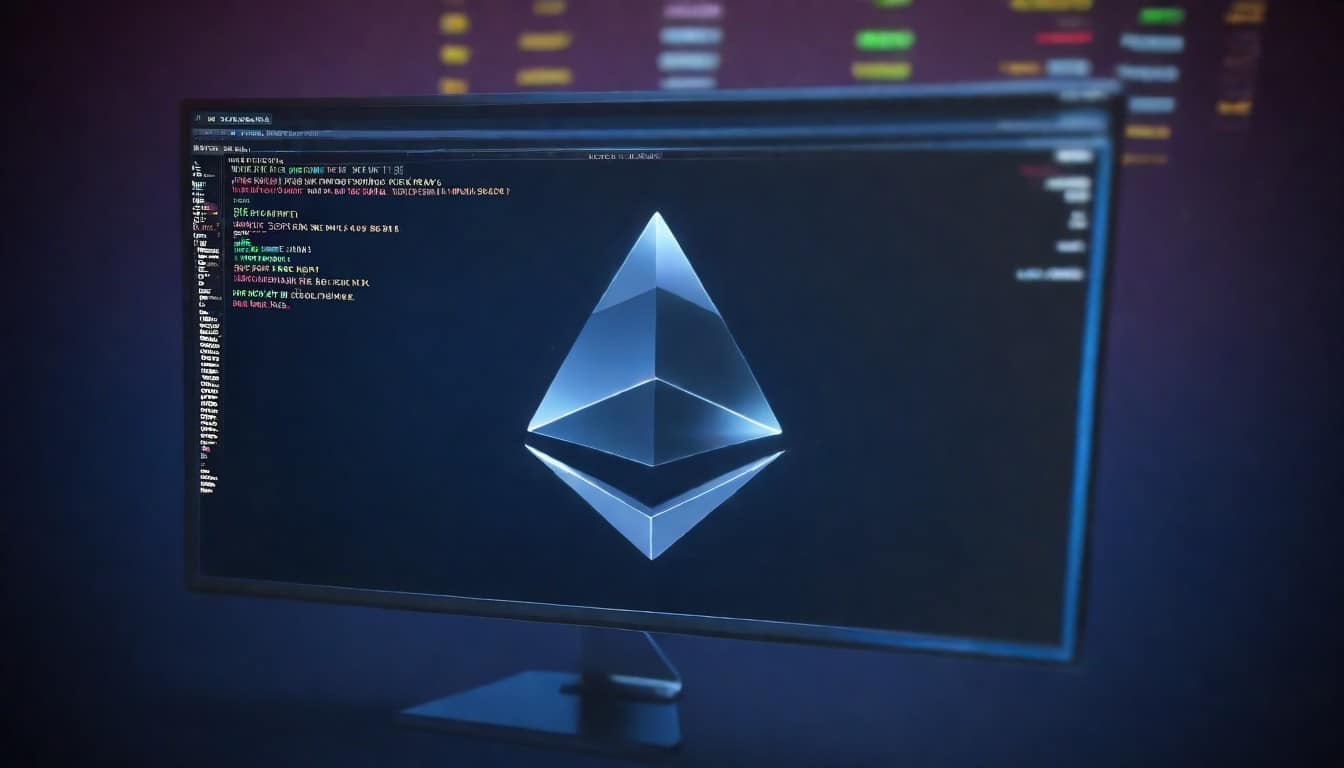Table of Contents
In the realm of blockchain technology, Ethereum stands as a pioneering force, transcending its role as a decentralized ledger to evolve into a dynamic ecosystem fostering smart contracts and decentralized applications (dApps). Simultaneously, the emergence of Web3 signifies a transformative paradigm shift in our digital interactions, characterized by decentralization and user empowerment. This article delves into the intricate relationship between Ethereum’s blockchain and the unfolding Web3, revealing the transformative potential inherent in their integration. The thesis of this exploration underscores the dynamic interplay between Ethereum and Web3, casting light on the profound changes they jointly bring to the forefront of the digital landscape. So, if you are looking for a website that connects you to investment education firms that can help you along your investment journey, consider visiting https://immediate-smarter.com/.
Understanding Web3: A Paradigm Shift
Defining Web3 and Its Core Principles
- Decentralization: The cornerstone of Web3, decentralization ensures power is distributed among participants rather than concentrated in central authorities.
- Interoperability: Web3 emphasizes seamless connectivity between disparate systems, fostering collaboration and innovation.
- User Empowerment: Individuals gain greater control over their digital identities and assets in the Web3 era.
Comparing Web2 and Web3: Evolution of the Internet
Web2’s centralized architecture contrasts sharply with Web3’s decentralized model. The latter promises enhanced privacy, security, and inclusivity, fostering a user-centric internet experience.
Ethereum as the Pioneering Blockchain
Ethereum’s Role in the Blockchain Ecosystem
Ethereum’s groundbreaking introduction of smart contracts revolutionized blockchain functionality, enabling the execution of self-executing agreements without intermediaries.
Smart Contracts and Their Impact on Web3
Smart contracts, intrinsic to Ethereum, embody programmable agreements that automate and enforce contractual terms. Their integration plays a pivotal role in shaping the decentralized landscape of Web3.
Challenges Faced by Ethereum in the Web3 Integration Process
Ethereum encounters challenges in scalability and transaction speed. Addressing these concerns is imperative to unlock the full potential of Web3 integration.
Web3 Technologies Shaping Ethereum’s Landscape
Decentralized Finance (DeFi) and Its Influence
DeFi leverages Ethereum’s infrastructure to decentralize traditional financial services, offering transparency, accessibility, and financial inclusion.
Non-Fungible Tokens (NFTs): A Creative Revolution
NFTs, powered by Ethereum’s blockchain, revolutionize ownership and authenticity in the digital realm, transforming how we perceive and trade digital assets.
Decentralized Autonomous Organizations (DAOs): Governance in Web3
DAOs, enabled by Ethereum, exemplify community-driven governance models. They facilitate decentralized decision-making, ensuring a more inclusive and democratic approach.
Interconnected Networks: The Web3 Ecosystem
Exploring Ethereum 2.0 and Its Role in Web3
Ethereum 2.0’s transition to a proof-of-stake consensus mechanism addresses scalability issues, enhancing the network’s efficiency and sustainability.
Bridging Blockchains: Interoperability Protocols
Interoperability protocols establish bridges between different blockchains, fostering collaboration and enabling seamless communication between diverse networks.
Collaborations and Partnerships: Strengthening the Web3 Network
Collaborative efforts between projects and blockchain networks enhance the overall robustness and resilience of the Web3 ecosystem.
Challenges and Solutions in Web3 Integration
Scalability Concerns: Tackling the Transaction Bottleneck
Ethereum grapples with scalability limitations, necessitating the exploration and implementation of layer 2 solutions to enhance transaction throughput.
Security and Privacy in a Decentralized Environment
Web3’s emphasis on decentralization raises concerns about security and privacy. Ongoing efforts aim to strike a balance, ensuring robust security without compromising individual privacy.
Community Governance: Ensuring Inclusive Decision-Making
The decentralized nature of Web3 necessitates effective community governance models to ensure inclusive decision-making, fostering a sense of ownership and responsibility among participants.
The Future Horizon: Web3 and Ethereum
Innovations on the Horizon: Layer 2 Solutions
Ongoing research and development in layer 2 solutions promise to revolutionize Ethereum’s scalability, laying the foundation for a more efficient and scalable Web3 ecosystem.
Ethereum’s Roadmap for Web3 Integration
Ethereum’s evolving roadmap outlines plans for integration with Web3 technologies, reflecting a commitment to staying at the forefront of blockchain innovation.
Predictions and Speculations: What the Future Holds
Anticipating the future, this section explores potential trends, challenges, and advancements in the evolving synergy between Ethereum’s blockchain and the Web3 paradigm.
Conclusion
In conclusion, this section succinctly recaps the pivotal insights discussed throughout the article, highlighting the symbiotic relationship between Ethereum’s blockchain and Web3 and underscoring their collective potential. The integration of Web3 into Ethereum’s blockchain signifies a transformative phase, reshaping digital interactions, ownership dynamics, and governance structures in profound ways. Emphasizing the need for active involvement, the conclusion serves as a call to action, urging readers to contribute to the ongoing evolution of Ethereum and Web3. By fostering participation and exploration, we pave the way for a dynamic and inclusive decentralized future, where the combined forces of Ethereum and Web3 continue to redefine the landscape of blockchain technology.


